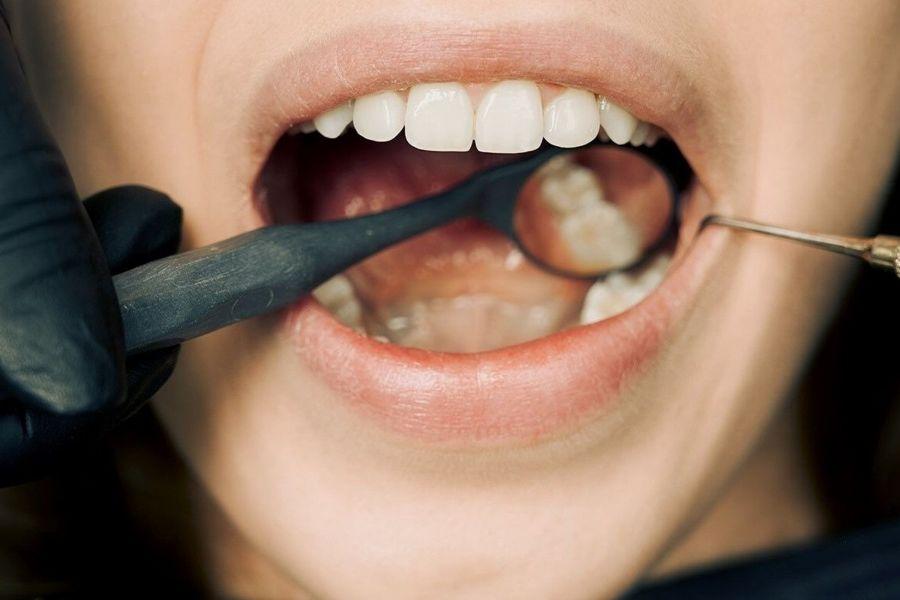Discover how dental crowns can revitalize your smile and oral health in this comprehensive guide to tooth restoration and aesthetics.
Dental Crowns: Your Path to a Radiant Smile and Optimal Oral Health
Dental crowns are a remarkable innovation in modern dentistry that not only enhance your smile's radiance but also play a crucial role in maintaining your overall oral health. These versatile dental restorations have transformed the way we address various dental issues, making them a cornerstone of contemporary dentistry.
Understanding Dental Crowns:
Dental crowns, often referred to as caps, are custom-designed, tooth-shaped covers that encase damaged or weakened teeth. They serve to restore a tooth's natural shape and size, providing it with much-needed reinforcement and aesthetic improvement. If you aspire to a dazzling smile that is your crowning glory, dental crowns can be your pathway to achieving it.
The Purpose of Dental Crowns
Strengthening Teeth with Large Fillings: Dental crowns are frequently employed when a tooth has a substantial filling, and there's limited natural tooth structure left to support it. In such cases, a crown acts as a protective shield, preventing the tooth from succumbing to further damage and ensuring the long-term integrity of the tooth.
Anchoring Dental Bridges: Dental bridges are an effective solution for replacing missing teeth, and they depend on dental crowns for support. Crowns are placed on the teeth adjacent to the gap, creating a secure foundation for the bridge, which spans the void and restores both functionality and aesthetics.
Protection against Tooth Fractures: Teeth that have been compromised by decay, large fillings, or fractures are often at risk of further damage. Dental crowns are instrumental in safeguarding these weakened teeth, ensuring that they can endure the forces of biting and chewing without breaking or deteriorating further.
Restoring Already Broken Teeth: Accidents and dental trauma can result in fractured teeth, a situation where dental crowns prove invaluable. By covering the broken tooth, a crown restores its appearance and function, preventing the need for extraction.
Concealing Discolored or Misshapen Teeth: Dental crowns can be used to cover teeth that are discolored or have irregular shapes, offering an effective cosmetic solution to improve the appearance of your smile. The porcelain used in crowns can be color-matched to your natural teeth, ensuring a seamless and aesthetically pleasing result.
Completion of Dental Implants: Dental implants are a revolutionary solution for replacing missing teeth. They consist of an artificial tooth root (implant) and a crown. The crown, often made from porcelain or ceramic, serves as the visible part of the restoration. It is meticulously designed to blend seamlessly with your existing teeth, creating a natural-looking smile.
The Crown Placement Process
The process of getting a dental crown typically involves the following steps:
Assessment: Your dentist will begin by evaluating your oral health and determining whether a dental crown is the right solution for your specific needs. X-rays and impressions of your teeth may be taken to ensure the crown's precise fit.
Tooth Preparation: To accommodate the crown, your tooth will be reshaped, removing any damaged or decayed areas. In some cases, a core buildup may be required to provide additional support.
Impressions: After tooth preparation, impressions are taken to create a mold of your tooth. This mold will serve as a template for crafting your custom crown.
Temporary Crown: While your permanent crown is being fabricated in a dental laboratory, you will receive a temporary crown to protect the prepared tooth.
Crown Placement: Once your custom crown is ready, your dentist will remove the temporary crown and bond the permanent one in place, ensuring a secure fit and proper alignment.
Final Adjustments: Your dentist will make any necessary adjustments to ensure that your bite is comfortable and your new crown feels natural.
Care and Maintenance: Dental crowns are a long-lasting solution when cared for properly. Regular dental hygiene practices, such as brushing, flossing, and routine dental check-ups, will help extend the lifespan of your crown.
Materials Used in Dental Crowns
Dental crowns can be crafted from various materials, each with its own set of advantages and considerations:
Porcelain: Porcelain crowns are known for their natural appearance and are often used for front teeth. They can be color-matched to your existing teeth, making them virtually indistinguishable from natural teeth.
Ceramic: Ceramic crowns also offer excellent aesthetics and durability. They are a popular choice for both front and back teeth.
Metal: Metal crowns, typically made of gold or a base metal alloy, are incredibly strong and durable. They are often used for back teeth, where strength and functionality are paramount.
Porcelain-fused-to-Metal (PFM): PFM crowns combine the strength of metal with the aesthetics of porcelain. These crowns are versatile and can be used in various areas of the mouth.
Caring for Your Dental Crown
Proper care is essential to ensure the longevity of your dental crown. Here are some tips for maintaining your crown:
- Maintain good oral hygiene by brushing and flossing regularly.
- Use a non-abrasive toothpaste to prevent damage to the crown's surface.
- Avoid chewing hard or sticky foods on the crown to prevent damage.
- Attend regular dental check-ups to monitor the condition of your crown and ensure it remains secure and functional.
Dental crowns are an invaluable tool in modern dentistry, serving both functional and aesthetic purposes. Whether you need to restore a damaged tooth, enhance your smile's appearance, or anchor a dental bridge, crowns offer a versatile solution. They are crafted from various materials to suit your specific needs and can be a long-lasting dental restoration with proper care. If your dentist recommends a dental crown, it is to address a specific dental concern, with the primary goal of preserving your oral health and ensuring the brilliance of your smile.
